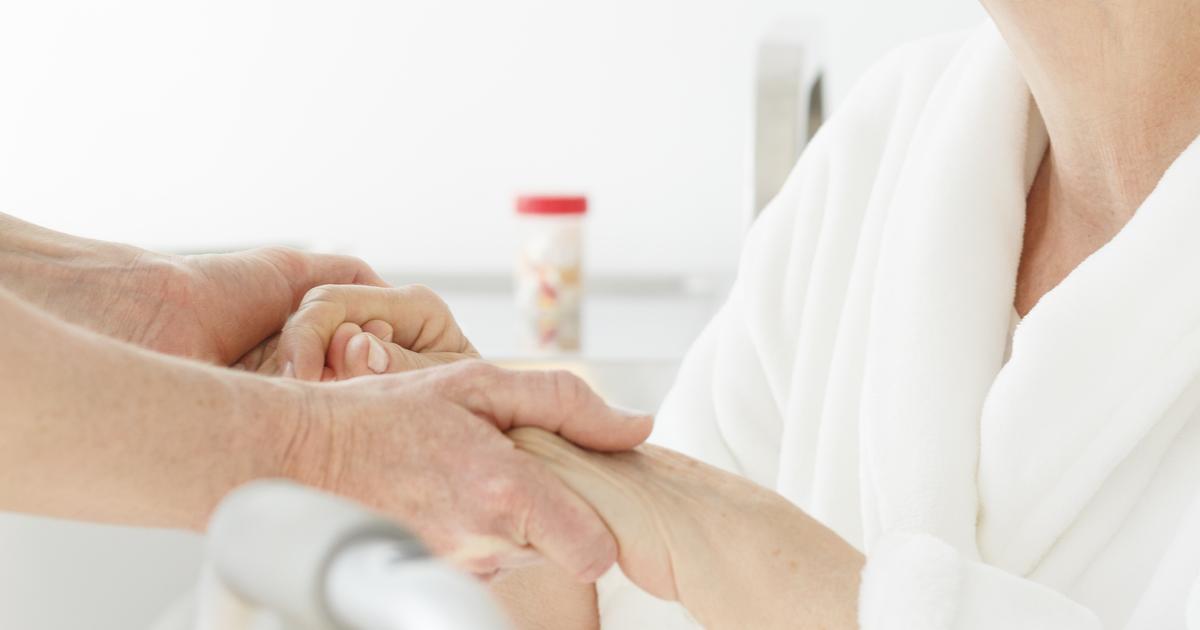Common Causes And Risk Factors For Subungual Melanoma
Subungual melanoma is a form of cancer that begins in the cells of the skin lining the underside of an individual's fingernail. Subungual melanoma can go undetected before it spreads to other parts of the body because it occurs in a location not exposed to excessive sunlight and appears similar to normal bruising of the fingernail. This type of cancer usually begins as a dark-colored streak under the toenail or fingernail. The streaks will increase in size and not move up as the nail grows. The affected fingernail or toenail may separate from the nail bed, develop a nodule, bleed, crack, or become distorted. Diagnosis of subungual melanoma is made by eliminating onychomycosis, paronychia, pyogenic granuloma, and squamous cell carcinoma. A biopsy can confirm the diagnosis. More tests will be run to determine if and how much the subungual melanoma has spread.
Sun Exposure

Some cases of subungual melanoma are the result of excessive sun exposure because of the same mechanism that causes other forms of skin cancer. While this is not the cause of most cases of subungual melanoma, it does account for a good portion of them. The sun emits ultraviolet rays that can cause damage to the cells that make up the skin. To protect itself, the body has a substance in the skin cells referred to as melanin, which is what gives the hair and skin on the body its pigment. Freckles and moles on the skin develop when there is an abnormal concentration or deposit of cells with high amounts of melanin in one small area. The cells underneath the nail also contain melanin and are susceptible to damage from the sun. After repairing the cellular DNA damage from repeated sun exposure, the body tends to miss some genetic damage and make mistakes that cause mutations in the affected cells, which can result in their proliferation and malignancy. When this process occurs in the skin underneath a nail, it is referred to as subungual melanoma caused by sun exposure.
Presence Of An Immunosuppressive Condition

An individual with an immunosuppressive condition has a higher chance of developing subungual melanoma than healthy individuals. Individuals who have HIV or AIDS have a weakened immune system and are more likely to contract other viruses known to cause several different kinds of cancer, including subungual melanoma. Individuals being treated after an organ transplant or for an autoimmune disease may be taking medication that causes an immunosuppressive condition in their body. The immune system in a healthy individual has numerous complex mechanisms in place that detect cells around the body containing abnormal DNA. Once detected, the cells containing abnormal DNA are either destroyed or repaired by other components of the immune system. This process prevents these cells from growing and multiplying out of control, which is what causes malignancy. When the overall immune system is weakened, the body directs its immune components to perform the most critical functions at that time. This process exacerbates the deficiency of the immune elements that do eliminate abnormal DNA containing cells, which may result in subungual melanoma and other forms of cancer.
Age

Individuals of advanced ages are at a higher risk of developing subungual melanoma than younger individuals. This risk factor is common among hundreds of cancer types, making the median age of all cancer diagnoses around sixty-six years old. Advanced age contributes to the development process of subungual melanoma in several ways. An older individual has had a more significant amount of accumulated and compounded skin damage from the harmful ultraviolet rays of the sun, which is known to cause the development of malignancy. Individuals of an older age are more likely to have experienced injury and or trauma to the fingernail and or toenail areas than younger individuals, which also increases the risk of subungual melanoma. Older individuals have an overall less efficient immune system, and their body has a greater tendency to make repairs to cells with DNA damage rather than destroying and replacing them the way a younger individual's body would. Cellular damage mediated by repair is more likely to experience mishaps that result in mutations in the cellular DNA. This variability with age occurs because a less effective ability to produce new cells in the body is a part of the natural aging process. An individual's older age, in combination with other risk factors for subungual melanoma, is what makes them more likely to develop it.
Darker Skin

An individual who has a darker skin tone is more likely to develop subungual melanoma than those who have a lighter complexion. Light skinned individuals are at a higher risk of developing skin cancer when referring to all forms, but dark-skinned individuals have a higher risk for the types that occur in non-sun-exposed areas. The exact mechanism behind the higher prevalence of melanoma on non-sun exposed areas of the skin in individuals with darker skin is not known, but it is thought to be associated with the fact these areas have skin that is typically a lighter color than the sun-exposed areas. For example, the skin underneath the fingernail is of a lighter color than the skin surrounding them. Most cases of subungual melanoma in individuals who have darker skin are initiated as the result of an injury or trauma to the fingernail or toenail. Subungual melanoma in individuals who have darker skin is usually diagnosed at a later stage when the melanoma has spread into other tissues. The fact melanoma is visually less noticeable in such places on the body like the fingernails in darker-skinned individuals makes it have a poor prognosis in comparison with that of lighter-skinned individuals.
Trauma To The Fingers And Toes

An individual who experiences trauma to their fingers and toes is at an increased risk of having subungual melanoma for a few reasons. The appearance of subungual melanoma can resemble the appearance of a nail that has been injured. This process causes an affected individual to seek treatment for the abnormality in their nail because they attributed it to being a bruise or hemangioma underneath the nail. Most patients seek medical attention after the mark does not resolve or grow out after a couple of weeks. Other symptoms that occur in individuals who have a subungual melanoma like thinning of the nail plate, nail bed separation, and cracking of the nail plate can also occur as the result of an injury, leading patients to delay having a physician examine it. It is also a viable assumption that trauma to the fingers and toes may bring an individual's attention to an already existing subungual melanoma lesion they had not noticed prior. Chronic or repeated trauma to the fingers and toes can play a role in the pathogenesis of subungual melanoma from repeated damage and repair processes of the tissues.
